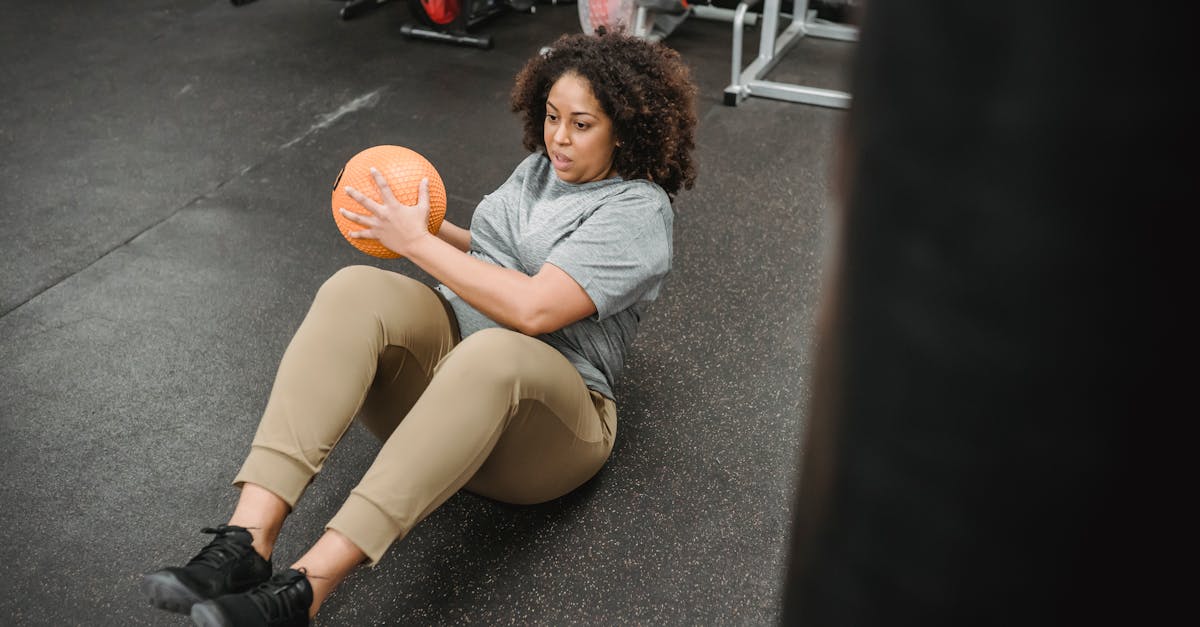When it comes to sizing a circulating pump, we all want to ensure we get it right the first time.
Understanding the intricacies of pump sizing can make a significant difference in the efficiency and effectiveness of your system.
In this guide, we’ll walk you through the important steps to properly size a circulating pump for your specific needs.
From determining flow rates to selecting the right pump size, we’ve got you covered.
Let’s immerse and demystify the process of sizing a circulating pump for optimal performance.
Key Takeaways
- Proper pump sizing is crucial for system efficiency and performance.
- Calculating the required flow rate is essential for selecting the right pump.
- Considering system head loss is critical to ensure the pump can overcome resistance.
- Selecting the correct pump size prevents energy waste and system inefficiencies.
- Key factors during pump sizing include flow rate, system head loss, system size, and fluid travel distance.

Understand the Importance of Proper Pump Sizing
When it comes to sizing a circulating pump, getting it right is critical for the efficiency and effectiveness of your system.Proper pump sizing ensures that the flow rates are optimal, resulting in optimal performance.
An undersized pump can lead to inadequate circulation and inefficiency, while an oversized pump can cause higher energy consumption and unnecessary costs. Having the right-sized circulating pump is key to keeping your system running smoothly.
Understanding the importance of proper pump sizing is the first step in ensuring your system functions at its best. By following guidelines and calculating the correct size, you can optimize performance and maximize efficiency.
For more information on pump sizing, check out this helpful guide from the Hydraulic Institute.
Calculate the Required Flow Rate
When sizing a circulating pump, it’s critical to start by calculating the required flow rate. This step involves determining the volume of fluid that needs to be moved through the system per unit of time. To do this accurately, we consider factors such as the size of the system, the distance the fluid needs to travel, and the flow requirements of different components within the system.
Calculating the required flow rate ensures that the pump can effectively meet the demand of the system and prevent issues like poor performance or insufficient circulation. By following this key step, we lay a solid foundation for selecting a pump that aligns with the specific needs of our system.
For more detailed guidance on calculating the required flow rate for your circulating pump, refer to this helpful resource from a trusted authority in pump sizing.

Consider the System Head Loss
When sizing a circulating pump, it’s critical to factor in the system head loss. This represents the resistance the system presents to the pump’s flow, including friction in pipes, valves, and other components.
To calculate head loss, we consider factors like pipe material, diameter, length, and the number of fittings. It’s important to account for this to ensure the pump can overcome these losses and deliver the required flow rate.
Estimating head loss accurately helps in selecting a pump that can meet the system’s demands efficiently. Proper consideration of system head loss is integral to optimizing pump performance and maintaining system functionality.
For more detailed guidance on calculating and considering system head loss, check out this resource from Engineering Toolbox: Calculating Head Loss in Piping Systems.
Select the Correct Pump Size
When sizing a circulating pump, selecting the correct pump size is critical for optimal system performance. Oversized pumps can lead to energy waste and premature wear, while undersized pumps may fail to meet the system’s demand. To determine the right size, we consider factors like flow rate, head loss, system size, and fluid travel distance. Engineering Toolbox provides a useful resource on Calculating Head Loss in Piping Systems to help us through the process.
Properly sizing our circulating pump ensures it meets our system’s requirements efficiently, avoiding issues like poor performance and excess energy consumption.

Factors to Keep in Mind During Pump Sizing
When sizing a circulating pump, there are key factors we consider:
- Flow Rate: It’s required to match the pump’s flow capacity with the system’s flow requirements.
- System Head Loss: We account for friction losses to ensure the pump can overcome resistance in the system.
- System Size: The and so dimensions of the system impact the pump’s performance efficiency.
- Fluid Travel Distance: Longer distances require pumps with higher head pressure capabilities.
For detailed guidance on calculating head loss in piping systems, you can refer to the Engineering Toolbox’s resource on Calculating Head Loss in Piping Systems.
